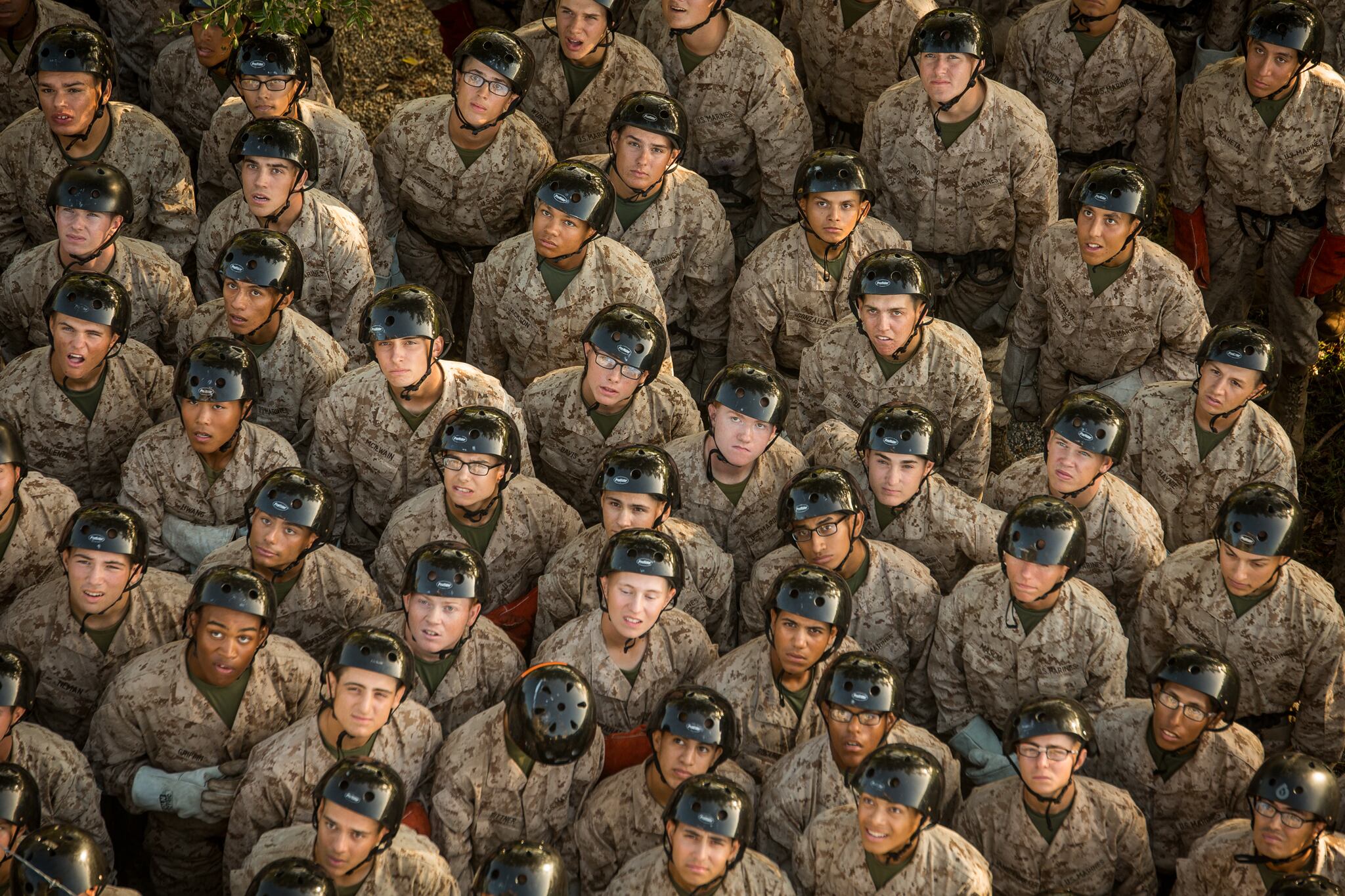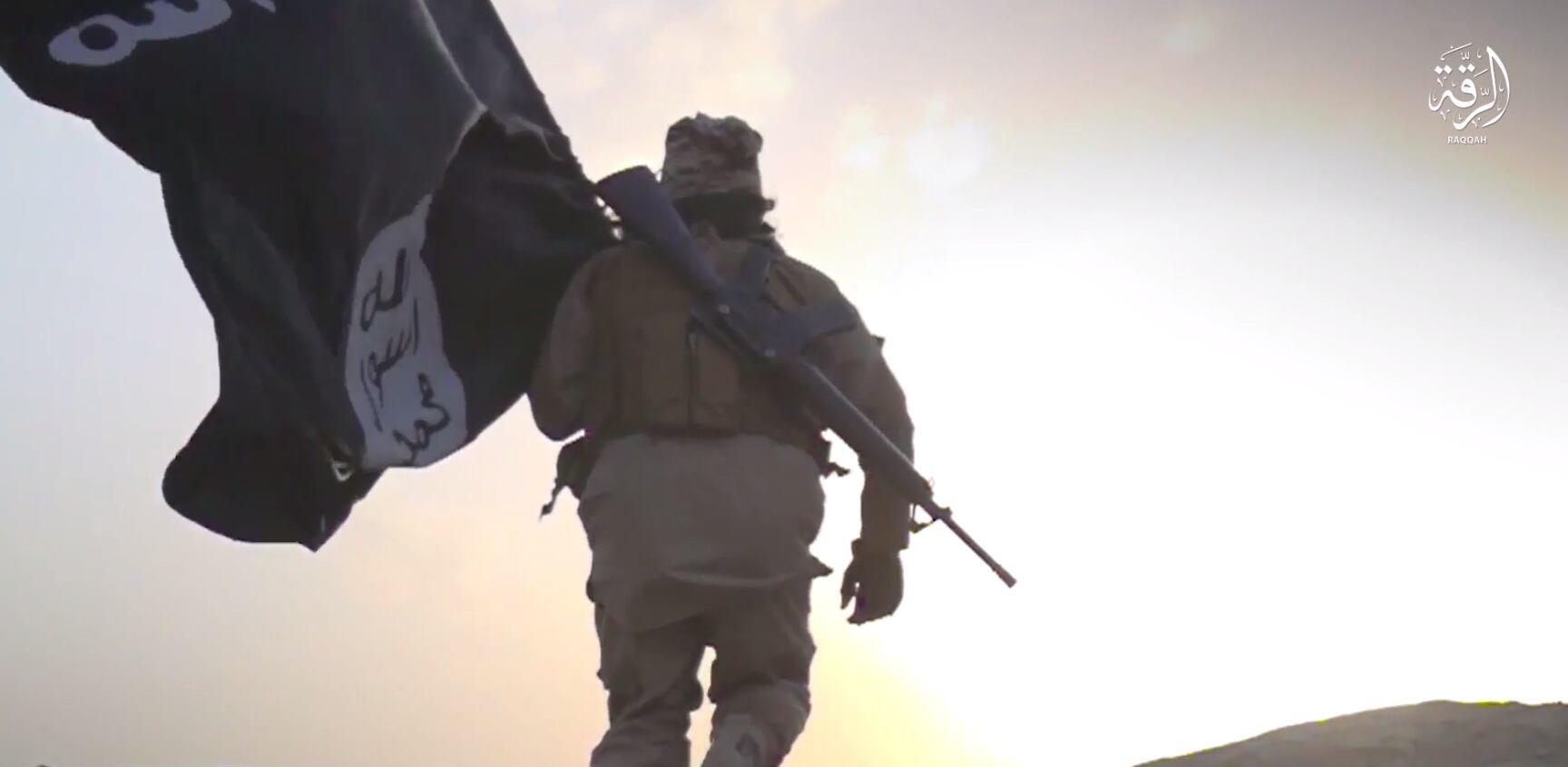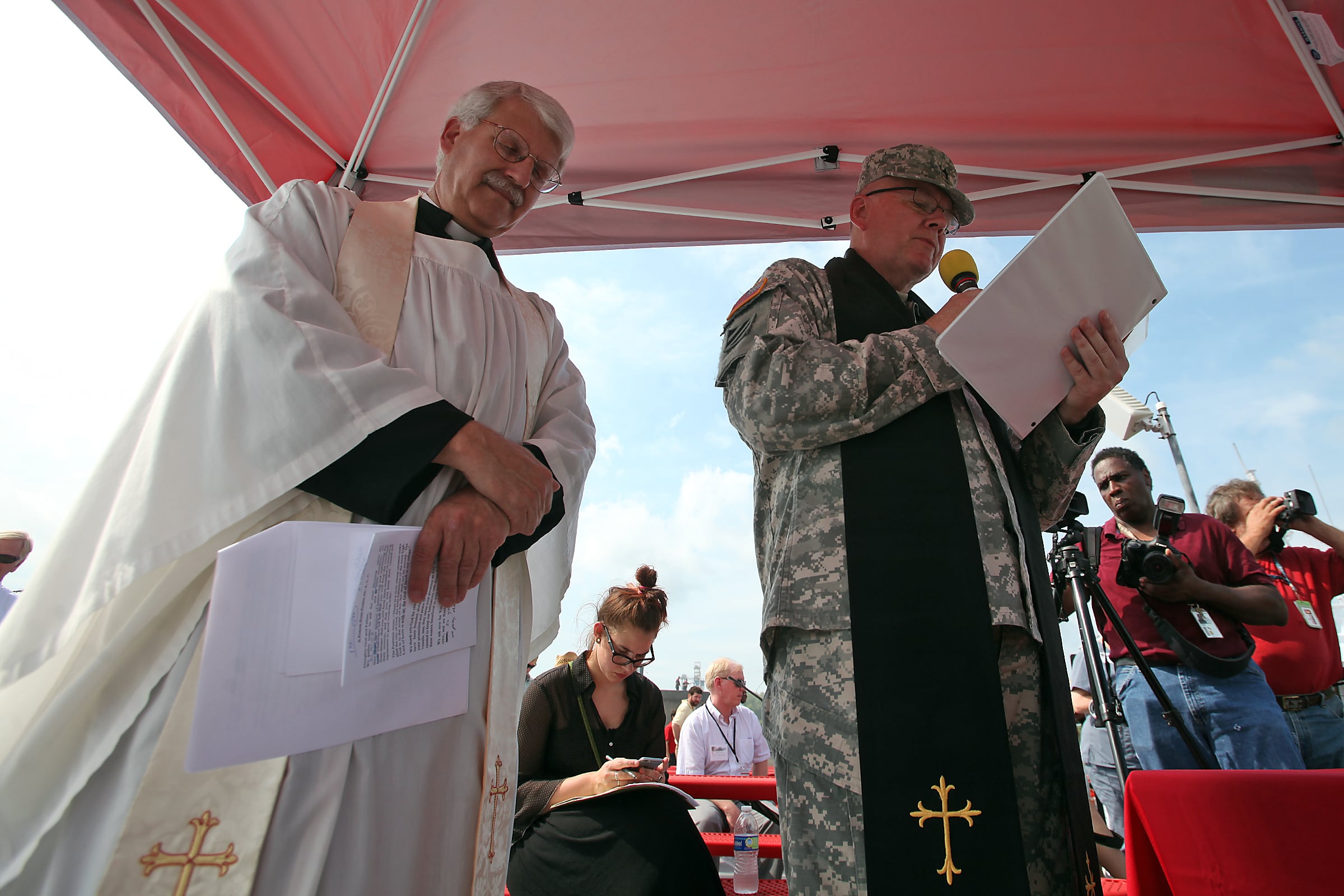The Islamic State group’s physical caliphate in Iraq and Syria has been destroyed, but the group is not defeated.
Just a few years ago, ISIS controlled vast territory over Syria, Iraq and the Euphrates River valley, including lucrative oil fields to finance their regime. But much of that came to an end as U.S.-backed Iraqi and Syrian forces liberated ISIS’ urban strongholds.
At the start of 2018, the extremist group is barely holding onto scant desert terrain out in Iraq’s Anbar province and a few towns and villages along the Euphrates River banks in Syria.
But the fight isn’t over.
Iraqi Prime Minister Haider al-Abadi’s government is still struggling to deal with sectarian divisions and rampant poverty. And billions of dollars will be needed to repair and rebuild cities and infrastructure destroyed by the fighting during the past three years.
Expect ISIS fighters to “exploit local conflicts to re-stoke an insurgency,” said Katherine Zimmerman, a fellow at the American Enterprise Institute.
ISIS fighters have spread out across Iraq, holding onto small pockets in the Jazeera desert in Anbar province, and the group can still use this terrain to launch large scale attacks against major population centers.
The group also may now be looking to reconstitute itself in ungoverned spaces in Africa, Yemen and East Asia.
“ISIS is already projected forward into Africa and South Asia to build branches that will continue to carry the ISIS flag,” Zimmerman said.
U.S. forces have recently ramped up strikes against ISIS targets in Libya, Somalia and Yemen. U.S. officials say these strikes are not a part of any increased effort but simply a result of targets that have suddenly become available to strike.
“ISIS will also continue to expand in South Asia. Increased sectarian tension creates fertile ground in places like Pakistan and also in the Indian subcontinent,” Zimmerman said.
Furthermore, while ISIS was recently routed from the Philippine city of Marawi, the group still is a major threat to the region. ISIS controlled the city for nearly three months, exacting a high toll on Philippine forces.
Afghanistan is another location ISIS may attempt to lay deeper roots, but the group is struggling to maintain relevancy in the region as a result of pressure from U.S. and Afghan forces on the terror organization.
Army Gen. John Nicholson, the commander of U.S forces in Afghanistan, said there is currently no evidence that ISIS fighters from Iraq and Syria are headed to Afghanistan.
The group’s faction in Afghanistan — known as ISIS-Khorasan, or ISIS-K — only numbers 600 to 800 fighters, Nicholson told reporters in November.
U.S. forces have tripled the number of airstrikes in Afghanistan, and a “lion’s share go against Daesh [ISIS],” he added. U.S. and Afghan forces have killed nearly 1,600 ISIS fighters this year alone, he said.
RELATED

Shawn Snow is the senior reporter for Marine Corps Times and a Marine Corps veteran.





